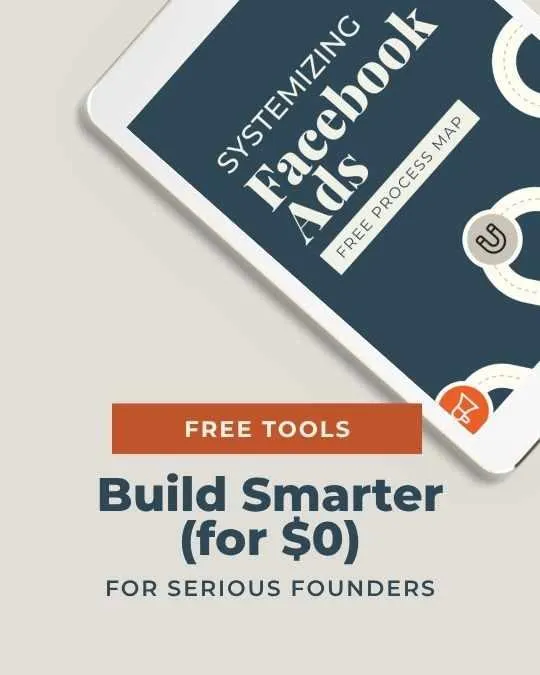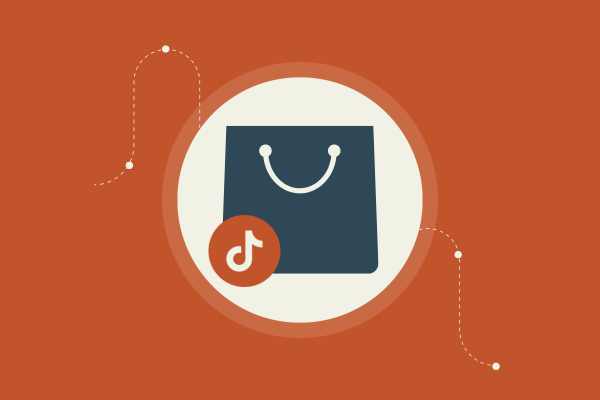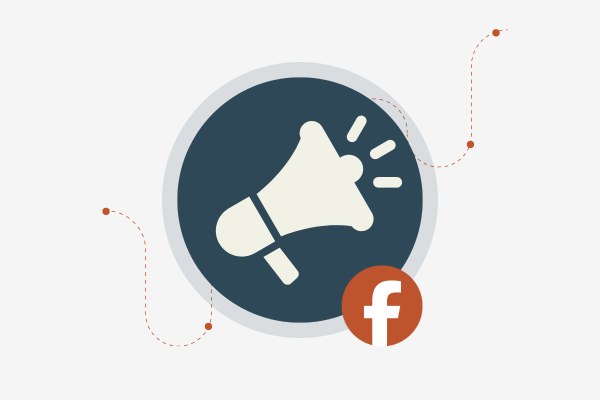What Does Negative Price Elasticity Mean for Your eCommerce Store? Learn How It Can Boost Sales
You’ve heard of price elasticity, but what about negative price elasticity? This might sound like some economics jargon, but it’s super important for your eCommerce store. Negative price elasticity means that as the price of your product goes up, the demand goes down. You have to understand this if you want to master your pricing game online.
Picture this: You increase the price of your best-selling item, and suddenly, it seems like nobody wants to buy it. That’s negative price elasticity in action. It’s bad news if you’re not prepared. Knowing how to handle this can be the key to maintaining your revenue.
Understanding how this affects your eCommerce business means knowing your customers and their limits.
Key Takeaways
Negative price elasticity decreases demand when prices rise.
Understanding demand dynamics shapes successful pricing strategies.
Knowing customer perception is key to staying competitive.
Understanding Price Elasticity
Price elasticity is a key concept in economics, especially for an eCommerce business. It’s all about how a change in price affects the demand for your products. Knowing this helps you set strategic pricing to either boost sales or profits. Let's dive into what you need to know.
Basics of Price Elasticity of Demand
Price elasticity of demand shows how sensitive demand for a product is when its price changes. If something is price elastic, even a small change in price can lead to a large change in the quantity demanded. People are quick to buy more or less.
When your product is price inelastic, it points to stable demand. Shifts in price won't greatly affect the quantity people want. Essentials like bread or gas are often inelastic. This is because people will buy them regardless of price shifts.
Knowing elasticity lets you make smarter pricing decisions. You can control how your customers react to price changes. This gives you the power to adjust prices without losing sales.
Types of Price Elasticity
There are different kinds of price elasticity. First, there's elastic demand. A big demand change happens with a small price adjustment. People are watching prices closely when it's elastic.
Then there's inelastic demand. Here, demand is steady despite price hikes or drops. People are less likely to change their buying habits.
Lastly, we have unitary elasticity. This means the percentage change in price equals the percentage change in demand. Price and demand move in perfect sync, balancing out the effect.
Understanding these types helps you categorize your products. Each type calls for a different strategy to optimize revenue.
Calculating Price Elasticity
You can calculate price elasticity with a simple formula. It's the percentage change in quantity demanded divided by the percentage change in price. This calculation gives you the elasticity coefficient.
If the result is greater than 1, the demand is elastic. If less than 1, it’s inelastic. If it's 1, demand changes match price changes exactly.
Example Calculation
Let’s say you raise the price of a product by 10%, and demand drops by 20%. That's a price elasticity of 2. It shows high sensitivity. If sales aren't affected by the same price hike, your product is inelastic.
This number helps you decide if you should increase prices or leave them as they are. It's your ace to tweak strategies and maximize your eCommerce potential.
The Impacts on Revenue
Understanding how negative price elasticity impacts your eCommerce store can boost your bottom line. You can adapt your strategies to tap into these principles by recognizing the differences between elastic and inelastic products. This means you’re more equipped to optimize your pricing and maximize profit margins.
Elastic vs Inelastic Products
When you are dealing with elastic products, small changes in price can cause big shifts in demand. Think about it like this: you drop the price, and your sales soar. This can lead to increased revenue, but only if the profit margins stay healthy.
Products with inelastic demand don’t have the same flexibility. Price changes might not significantly impact consumer interest, so a higher price doesn’t scare off customers. Essential goods often fall here. Your trick is in tweaking prices just enough without hurting sales volume.
Being smart about recognizing which products are elastic or inelastic can be a game-changer. Regular analysis can help you predict customer behavior. It's all about finding the sweet spot where profits grow without emptying your shelves.
Optimizing Pricing Strategy
Pricing strategy is crucial. With elastic products, consider using discounts or offers to boost sales. A lower price might mean less per item, but you make up for it in volume. More volume, more revenue!
For inelastic items, the focus shifts. Since demand doesn’t change much, you can push prices a little higher. Watch out, though—you don’t want to overdo it and burn through customer trust.
Experimentation is key. Leverage data to guide your pricing decisions. Test different strategies to see what pulleys and levers increase profits. Fine-tuning based on the product type and demand responsiveness can position your eCommerce store to thrive.
Demand Dynamics in eCommerce
Demand in eCommerce isn't static. It moves like a rollercoaster. Understanding how demand shifts and adapting to those changes can be a game-changer for your store. Consumer behavior ties directly into elasticity and market conditions, impacting everything you do.
How Demand Changes Over Time
Demand is unpredictable. One moment, a product is hot; the next, it’s cold. In eCommerce, trends and consumer preferences constantly evolve. Social media, technological advances, and global events can swiftly change what people want.
Keep an eye on how demand changes. Tools like Google Trends and social listening help track shifts in consumer interest. By staying informed, you can adjust your strategies to align with what your customers want.
Don’t let time pass you by—adapt quickly and stay relevant.
Adapting to Market Conditions
Markets aren’t controlled, they’re managed. As an eCommerce owner, you must navigate fluctuating conditions. Economic shifts, competitor actions, and supply chain issues all play their part. So, what do you do?
Be ready to pivot. This means flexible pricing, dynamic inventory management, and strong supplier relationships. When market shifts occur, readjust your tactics to meet new conditions head-on. Having a responsive approach helps maintain profitability even when the market shifts unexpectedly.
Remember, fortune favors the prepared.
Elasticity and Consumer Behavior
Elasticity is the pulse of your pricing strategy. Imagine it as a dance between your store’s prices and your customers’ wallets. When prices go up, does demand fall? If so, you’re dealing with elastic demand.
Understand your customers’ behavior. Do they stick around when prices rise, or do they scatter? Analyzing purchase patterns can reveal insights into brand loyalty and price sensitivity.
Leverage this knowledge to adjust pricing, boost profitability, and cater to your market dynamics. Know your customers, and wield elasticity like a ninja with a sword.
Pricing Strategies and Tactics
Navigating your eCommerce store's pricing can feel like a maze. Understanding tactics like dynamic pricing, A/B testing, and product differentiation is key. Let's break it down.
Dynamic Pricing in Online Retail
Picture this: a pricing strategy that adapts like a chameleon. That's dynamic pricing. You change your prices based on market demand, competitor pricing, or even time of day. It's not magic, but it's close. This strategy helps you capture more sales by jumping on trends and demand spikes.
Using dynamic pricing means your store is as flexible as a gymnast. It gives you room to experiment. Just be careful—customers will notice price changes quickly. Keep them on their toes, not on their last nerve.
A/B Testing for Price Optimization
Think of A/B testing as a science experiment for your prices. You tweak prices for the same product and see what works. This is your chance to find that sweet spot: the optimal price point. It's like playing detective, but instead of solving crimes, you're solving pricing puzzles.
Run tests by showing different prices to different people. Track metrics diligently. Did the higher price tag scare them away? Or did it make the product seem more valuable? A/B testing makes sure you're not shooting in the dark when making pricing decisions.
Importance of Product Differentiation
Here's the deal: not all products are created equal. That's where product differentiation jumps in. You set your offerings apart by highlighting unique features or superior quality. It's your secret weapon to avoid price wars. Show why your product is better.
Why it matters? Differentiation means you don't compete solely on price. You compete on value. Highlight benefits in your marketing efforts. Let customers know what they're getting—something they can't find anywhere else.
In a world full of choices, make your product the obvious one. That distinction is your ticket to capturing more sales and winning customer loyalty. Now go and own your market!
Customer Perception and Value
To run a successful eCommerce store, you need to understand how customers see your prices and the value they place on your products. This perception can make or break your sales. It's not just about setting low prices but also about understanding the effort spent and the emotional connection with your brand.
Brand Value and Price Sensitivity
Your brand is your badge. It tells people what you stand for and sets the stage for how much they are willing to pay. If your brand speaks luxury, customers might be okay with spending more.
On the flip side, if people think your store is all about low prices, they might hesitate if you suddenly raise prices. This is where price sensitivity comes in. Customers have a certain limit—a price they're willing to pay—that's influenced by the value they perceive in your brand.
And here's the kicker: competing on price alone isn’t enough. You've got to deliver a story or image that convinces customers your product is worth it. Sometimes, branding does half the selling for you.
Luxury Goods and Necessities
Luxury goods and necessities? Two different worlds. People buy luxury goods because they want to, not because they need to. They seek a status symbol, even if it means spending a bigger portion of their income.
Necessities, well, they're items everyone needs. Think groceries or daily-use items. Pricing these is tricky because people are often more sensitive. Raise the price too much on milk or bread, and watch them switch brands.
Luxury items, on the other hand, are less price-sensitive. Customers looking for high-end brands are willing to pay a premium. It’s about that exclusive feel. That's the secret sauce in luxury branding. But with necessities, it's all about competitive pricing to keep customers coming back.
Responding to Competitors
You gotta watch your competitors like a hawk. Their moves can shake up your entire game. When they change prices or offer substitutes, you need to adjust your strategy quickly and smartly.
Competitor Pricing and Your Store
Imagine your competitor slashes prices. It’s a challenge, but not the end. You can't just match their price without a plan. You need to assess whether your brand can hold up at that new price point. Sometimes, it's smarter to focus on value, rather than getting into a pricing war. Consider offering bundles or adding value that others don’t. Showing why your product is better justifies a higher price and keeps customers coming back.
Keep an eye on their price fluctuations. Are they reacting to their own supply chain issues or testing the waters? Knowing these can give you a strategic edge. Stay informed and respond smartly. Price changes can be a chance, not a threat.
Availability of Substitutes
Substitutes are everywhere and can lure your customers away if you're not careful. If your competitor offers a substitute product at a lower price, highlight what makes your product unique. Explain the added benefits. Show your product’s strengths and why it fits better with your customers' needs.
If another product enters the market, don't panic. Instead, use it as an insight into what your customers want. Are they looking for cheaper options or just something different? Study these shifts and adapt. Offering variations of your own product can keep your audience interested and loyal. Keep them thrilled with what you offer, despite the sea of alternatives.
Key Metrics for Success
Stay on top of your eCommerce game by mastering these key metrics. By monitoring price elasticity and adjusting to customer demand, you'll navigate market trends like a pro.
Monitoring Price Elasticity
Understanding how your prices impact sales is vital. Price elasticity of demand (PED) tells you if customers jump ship when you raise prices or not.
Elastic products are super sensitive to price changes. If you up the price, demand might plummet. That's why you need price monitoring tools to keep an eye on these shifts.
Keep tabs on your market trends and spot any changes in buying behavior. Analyze data regularly to ensure you’re in the loop. You’ll thank yourself later for staying ahead in the market race.
Adjusting to Customer Demand
Customers hold the reins, so you need to adapt to their needs swiftly to keep them happy.
Start by tracking what they want. Use analytics to spot changes in customer demand. This helps you tweak your pricing strategies without missing a beat.
Creating a sense of urgency can also be a game-changer. Limited-time offers or flash sales can spur demand. Make sure your adjustments align with what your buyers crave.







